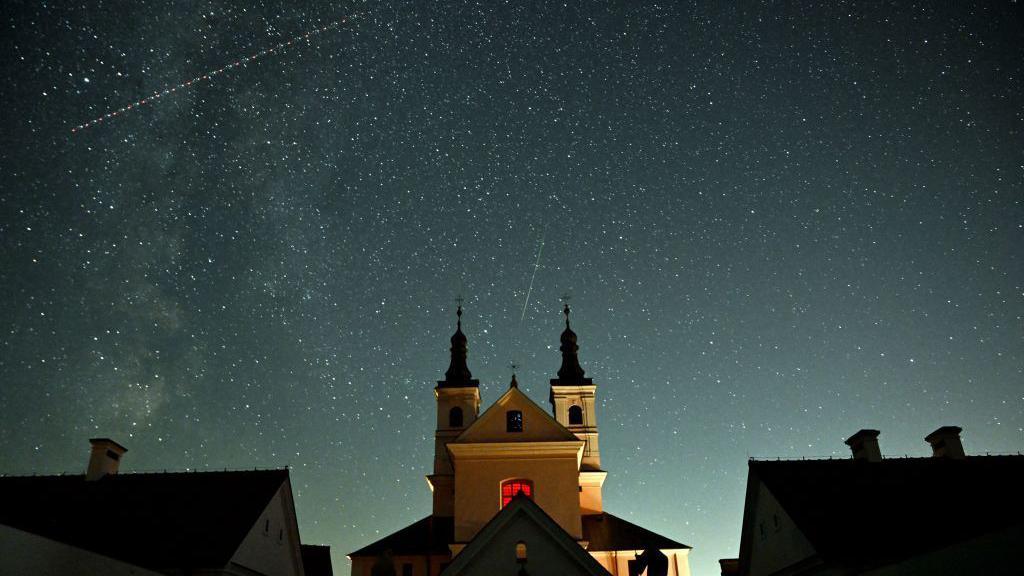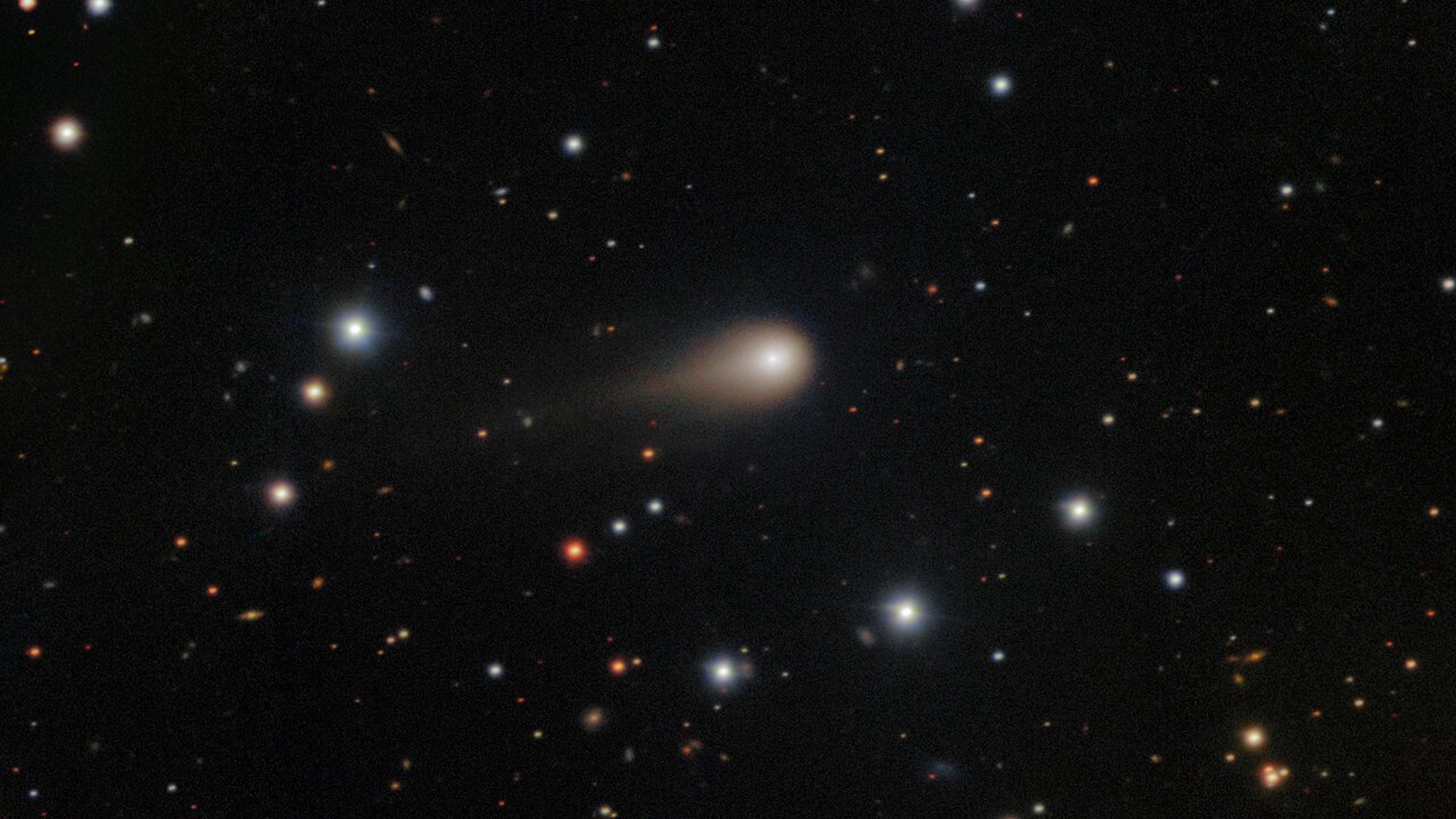Every summer, the Earth drifts through a celestial dust cloud, setting off a much-anticipated event for those who enjoy observing the night sky. This occurrence, called the Perseid meteor shower, is an annual show that attracts both hobbyist astronomers and curious onlookers. Its dependable timing and the generally favorable weather during its peak period create a perfect opportunity for families, experienced star-watchers, and anyone interested in observing some of the universe’s magic.
The origin of the Perseids can be traced back to Comet Swift-Tuttle, a celestial body that orbits the sun once every 133 years. As this comet travels through space, it leaves a trail of dust and rock particles in its wake. When our planet intersects this trail, these small pieces of cosmic debris, often no bigger than a grain of sand, collide with Earth’s atmosphere at incredibly high speeds. The friction from this collision causes them to heat up and glow, creating the brilliant streaks of light we know as meteors.
While the shower is active for several weeks, the most spectacular display occurs during its annual peak. This is the period when Earth is passing through the densest part of the comet’s debris trail, resulting in the highest number of meteors per hour. The timing of this peak can vary slightly from year to year, but it reliably occurs in the middle of August. For the most rewarding experience, it is essential to plan your viewing session for the night of the peak and the nights immediately surrounding it.
Successful meteor shower viewing hinges on a few key factors, with the most critical being the quality of the sky. The best viewing locations are those far from the light pollution of cities and towns, as a darker sky will make fainter meteors visible. The moon’s phase also plays a significant role; a new moon or a thin crescent moon will provide the darkest skies, maximizing the number of meteors you can see. If the moon is full or close to it, its brightness can wash out all but the brightest fireballs.
To prepare for a night of stargazing, it is recommended to find an open area with a wide view of the sky. You should bring a comfortable chair or blanket, as you will be spending a significant amount of time looking up. It is also crucial to allow your eyes to adjust to the darkness for at least 30 minutes. During this period, avoid looking at any bright lights, including your phone screen, as this will reset your night vision.
The Perseids are named after the constellation Perseus, as the meteors seem to emerge from a single location in the sky called the radiant. Although the radiant is where the meteors seem to come from, they can be seen anywhere in the sky. To maximize your opportunity to spot one, it’s recommended to gaze upwards and in a direction away from the radiant. This approach allows you to see meteors with longer and more spectacular trails as they travel across the sky.
The Perseid meteor shower is famous for yielding numerous luminous meteors, featuring a considerable quantity of fireballs—intensely bright meteors capable of casting shadows and visible over vast regions. These stunning light streaks result from sizable fragments of debris from Comet Swift-Tuttle. Observing a fireball is an unforgettable adventure, with the Perseids providing some of the finest chances to witness them annually.
The study of meteor showers offers scientists a unique window into the history of our solar system. By analyzing the composition of the dust and rock particles that create meteors, researchers can learn more about the makeup of the comets they originated from and the conditions of the early solar system. This is a scientific field that relies heavily on both professional and amateur observations, making every Perseid shower a valuable event for data collection.
Observing the Perseid meteor shower is more than just watching a light show; it is a chance to connect with the cosmic cycles of our solar system. The shower’s reliability, combined with the ideal viewing conditions of the summer months, makes it a perfect entry point for anyone interested in astronomy. By following a few simple steps—finding a dark sky, allowing your eyes to adjust, and simply looking up—you can be a part of this annual astronomical tradition and witness the fleeting beauty of a cosmic dance.




